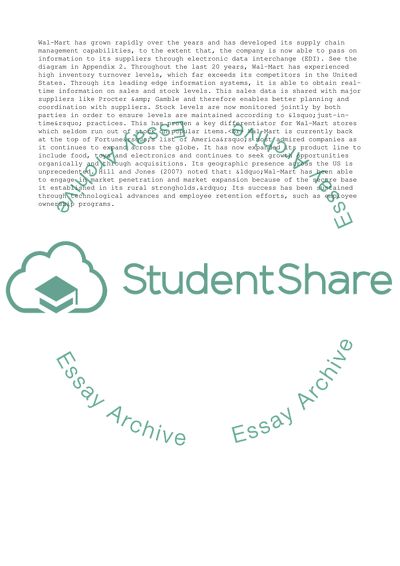Cite this document
(The Cost Structure of the Prospective Suppliers of Wal-Mart Company Research Paper, n.d.)
The Cost Structure of the Prospective Suppliers of Wal-Mart Company Research Paper. Retrieved from https://studentshare.org/management/1747200-the-procurement-of-wal-mart
The Cost Structure of the Prospective Suppliers of Wal-Mart Company Research Paper. Retrieved from https://studentshare.org/management/1747200-the-procurement-of-wal-mart
(The Cost Structure of the Prospective Suppliers of Wal-Mart Company Research Paper)
The Cost Structure of the Prospective Suppliers of Wal-Mart Company Research Paper. https://studentshare.org/management/1747200-the-procurement-of-wal-mart.
The Cost Structure of the Prospective Suppliers of Wal-Mart Company Research Paper. https://studentshare.org/management/1747200-the-procurement-of-wal-mart.
“The Cost Structure of the Prospective Suppliers of Wal-Mart Company Research Paper”, n.d. https://studentshare.org/management/1747200-the-procurement-of-wal-mart.


